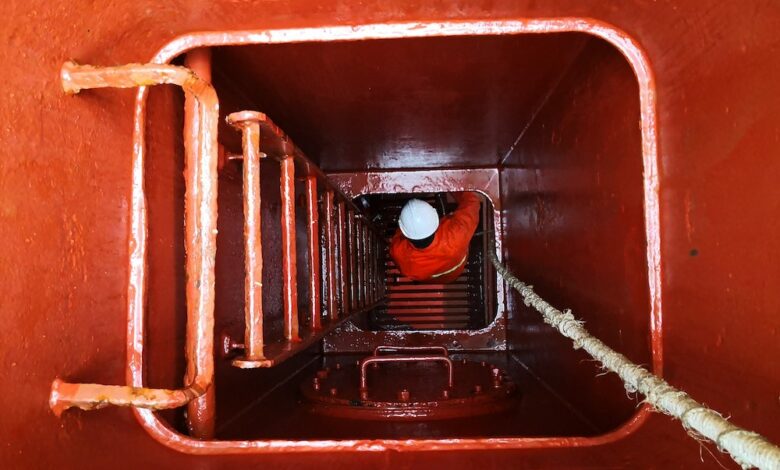InterManager calls for action following eight deaths in enclosed spaces in seven days

With eight deaths in the space of one week in enclosed spaces on ships, InterManager, the global shipmanager association, has called on the shipping industry to work together to improve safety in these challenging onboard areas.
Three seafarers and five shore workers died over the past week in accidents in enclosed spaces, bringing this year’s known deaths to a total of 31, although the reporting process can be slow.
InterManager statistics reveal that since 1996 310 people have lost their lives in enclosed spaces – 224 seafarers and 86 shore personnel in 197 accidents.
Thanks to lobbying by InterManager and other industry stakeholders, the International Maritime Organization has committed to review and strengthen regulations relating to enclosed space entry aboard ships.
InterManager secretary-general, Kuba Szymanski, commented: “One death is too many but eight in seven days is ridiculous. This is an industry-wide issue which everyone in the shipping community must work together to resolve. We have crewmembers and shore workers placed under unrealistic time pressures to conduct high-risk tasks such as tank cleaning, and we have confusing instructions which vary from ship to ship as to what procedures and protocols must be followed.”
Szymanski urged accident investigations to delve deeper into why people make the decisions they do and examine what external pressures impact those decisions. He also called on ship architects and builders to work harder to design out these hazardous spaces where possible.

It may be possible to design out a few dead spaces, but most of them will remain. It should be possible to design better access, but that will cost more. I’m old enough to remember the howls of execration that greeted the now universal “Australian Hold Ladder”
These are problems that I see regularly
1. Over complex tank entry forms – these just get filled in on the computer
2. Unfamiliarity (this applies particularly to dry cargo ships) with gas detection and sampling equipment
3. Reluctance to wear breathing apparatus, due probably to lack of space inside compartments